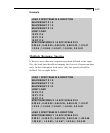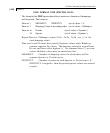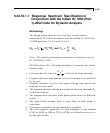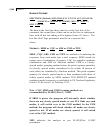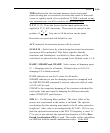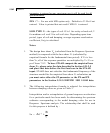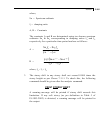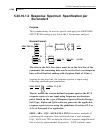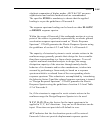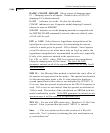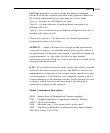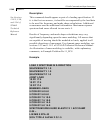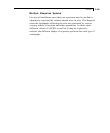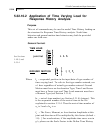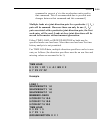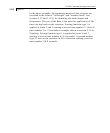
Section 5
5-305
algebraic summation of higher modes. ASCE & CQC are more
sophisticated and realistic methods and are recommended.
The specifier EURO is mandatory to denote that the applied
loading is as per the guidelines of Eurocode 8.
The response spectrum loading can be based on either ELASTIC
or DESIGN response spectra.
Within the scope of Eurocode 8 the earthquake motion at a given
point of the surface is generally represented by an elastic ground
acceleration response spectrum termed as “Elastic Response
Spectrum”. STAAD generates the Elastic Response Spectra using
the guidelines of section 4.2.2 and Table 4.1 of Eurocode 8.
The capacity of structural systems to resist seismic actions in the
nonlinear range generally permits their design for forces smaller
than those corresponding to a linear elastic response. To avoid
explicit nonlinear structural analysis in design, the energy
dissipation capacity of the structure through mainly ductile
behavior of its elements and/or other mechanisms, is taken into
account by performing a linear analysis based on a response
spectrum which is a reduced form of the corresponding elastic
response spectrum. This reduction is accomplished by introducing
the behavior factor Q and the reduced response spectrum is termed
as “Design Response Spectrum”. STAAD generates the Elastic
Response Spectra using the guidelines of section 4.2.4 and Table
4.2 of Eurocode 8.
So, if the structure is supposed to resist seismic actions in the
nonlinear range the Design Response Spectra is to be used.
X Y Z f1, f2, f3 are the factors for the input spectrum to be
applied in X, Y, & Z directions. Any one or all directions can be
input. Directions not provided will default to zero.
ACC indicates that the Acceleration spectra will be entered.
Eurocode 8 does not provide displacement response spectra.



